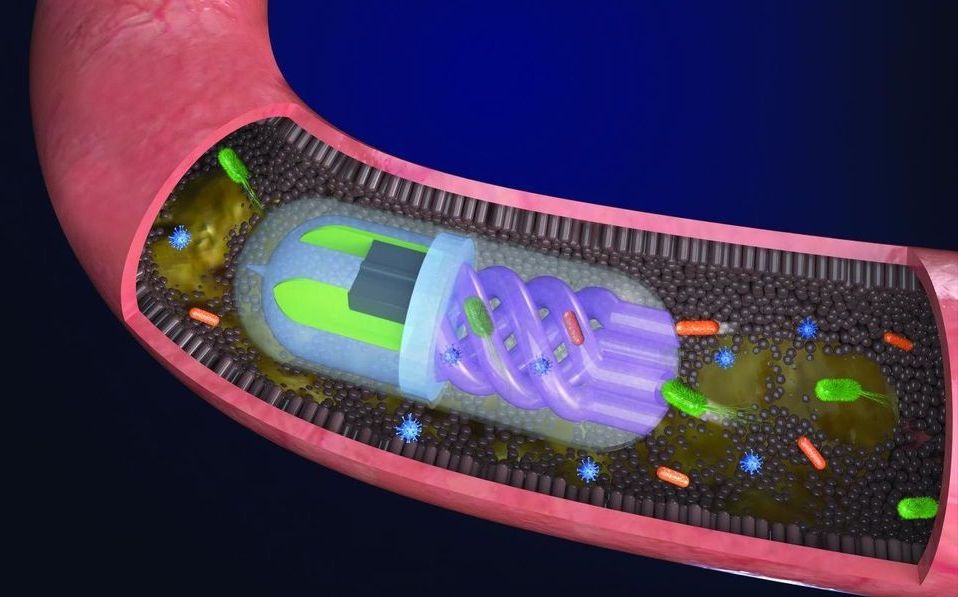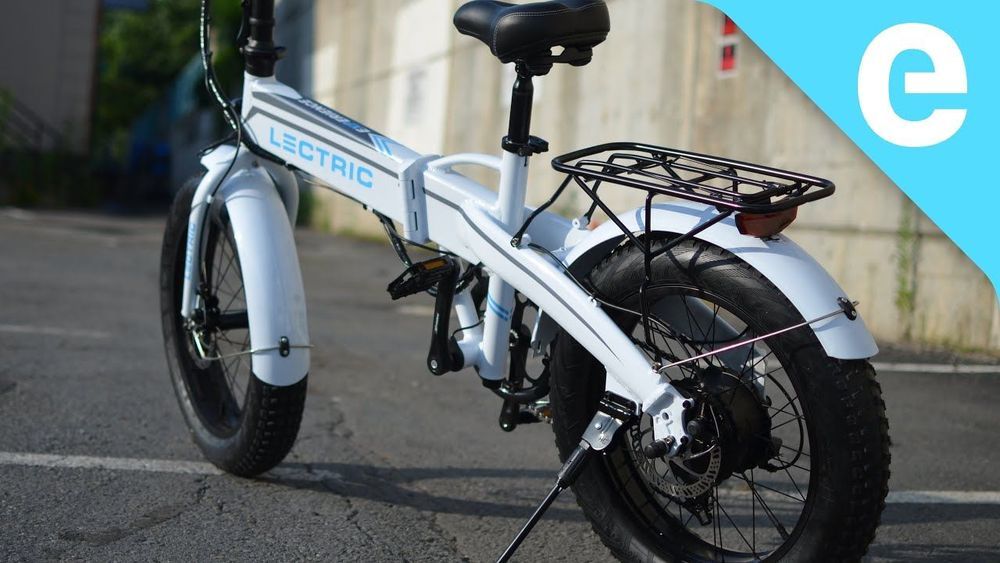Aug 15, 2019
Tweaking Gut Bacteria in Mice Reduces Colorectal Cancer Risk
Posted by Steve Hill in category: biotech/medical
Today, we want to highlight a recent study in which a team of researchers from UT Southwestern demonstrates how adjusting the gut microbiome in mice lowers the occurrence of cancer.
What is the gut microbiome?
The microbiome describes a varied community of bacteria, archaea, eukarya, and viruses that inhabit our gut. The four bacterial phyla of Firmicutes, Bacteroidetes, Proteobacteria, and Actinobacteria make up around 98% of the intestinal microbiome.

















